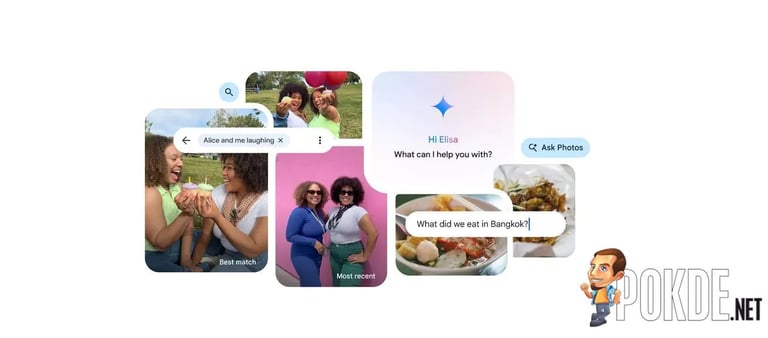Google Boosts Digital Transparency with AI-Generated Content Identification Initiative
September 19, 2024
Google is leveraging Coalition for Content Provenance and Authenticity (C2PA) metadata to identify AI-generated images, enhancing transparency in digital content.
The report also calls for strengthening global legal frameworks to ensure the recognition and governance of digital watermarks, while addressing ethical implications and privacy rights.
Further updates on this initiative, especially regarding YouTube, are expected later in the year, signaling ongoing commitment to improving content authenticity.
The company plans to extend this technology to its advertising services and is exploring similar identification methods for YouTube videos, with further updates anticipated later this year.
A report by EY and the Federation of Indian Chambers of Commerce & Industry highlights the need for effective watermarking technologies to create a secure and trustworthy digital ecosystem, particularly in India.
Despite these efforts, the C2PA standard has faced rejection from several AI developers, including Black Forrest Labs, which developed the Flux model used by Grok.
By implementing these measures, Google is addressing the challenges posed by AI-generated content, ensuring users have access to reliable information.
Concerns about AI-generated misinformation, particularly regarding election manipulation by countries like China and Russia, have prompted companies to take proactive measures.
There are ongoing concerns regarding the reliability of C2PA metadata, as it can be removed or corrupted, complicating the detection of AI-generated content.
While the C2PA initiative offers valuable metadata insights, Google acknowledges that accessing this information requires users to take additional steps.
This initiative aims to enhance transparency and assist users in making informed decisions about online content, ultimately fostering a safer digital environment.
This effort is a response to the rise of generative artificial intelligence capabilities since their commercial launch in 2021.
Summary based on 45 sources
Get a daily email with more Tech stories
Sources

Google • Sep 17, 2024
How we’re increasing transparency for gen AI content with the C2PA
TechCrunch • Sep 17, 2024
Google will begin flagging AI-generated images in Search later this year | TechCrunch
The Verge • Sep 17, 2024
Google outlines plans to help you sort real images from fake
Mashable • Sep 18, 2024
Google searches can now sniff out details on AI-edited images